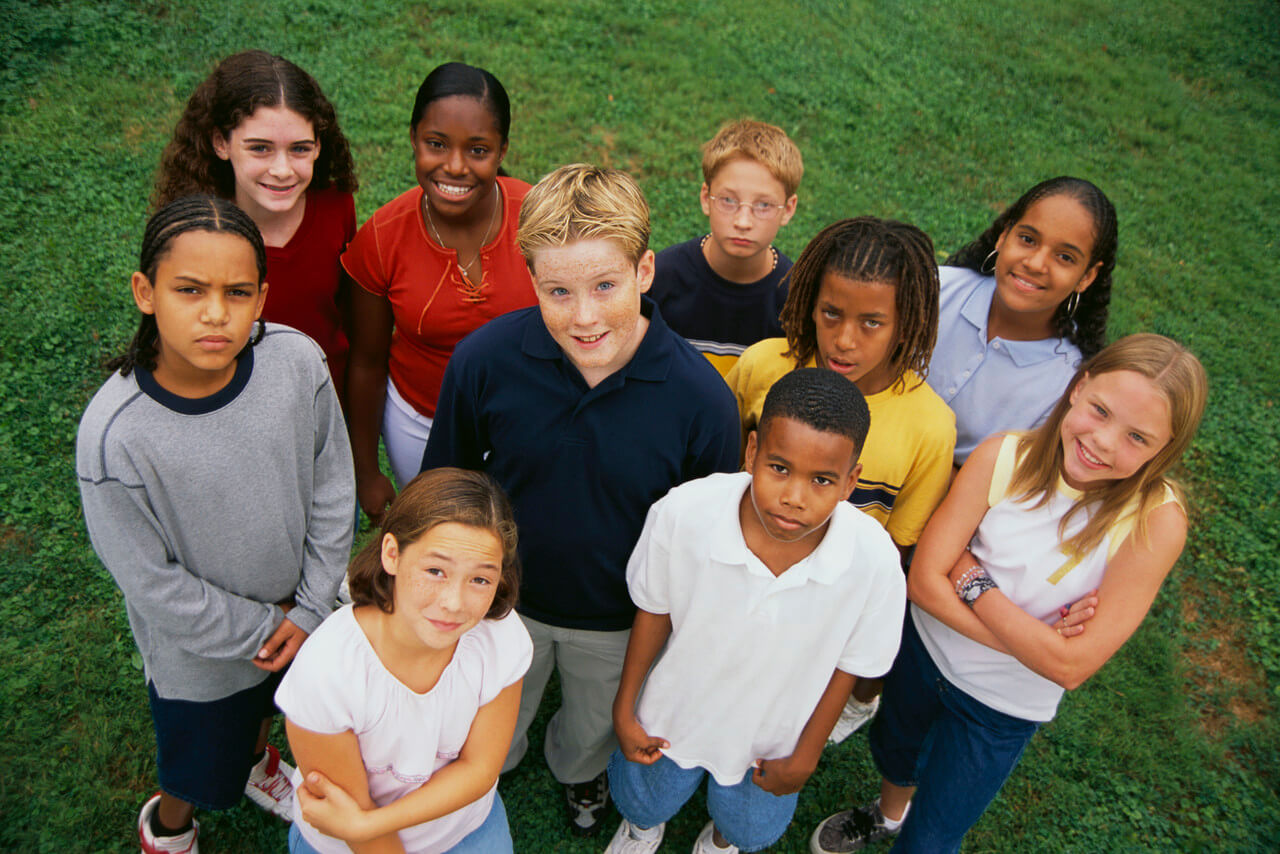
by Victor Jung | Dec 13, 2022 | Charity, Coding, MiniCoders, Parenting, Udemy, Victor Jung
Who invented the Python coding language? Python is a popular programming language that Guido van Rossum created. Van Rossum began working on Python in the late 1980s, and the first version of the language was released in 1991. Python is named after the British comedy...
by Victor Jung | Jul 12, 2019 | Charity
With the decline in donations to charitable causes in recent years, the idea of engaging children in humanitarian acts in meaningful ways promises to provide adult donors in the future. Having been involved in charitable acts as children, these donors will understand...

by Victor Jung | Feb 27, 2018 | Parenting
Most adults have an instinctive desire to protect children, both physically and emotionally. Their wish to guard against harm leads them to safeguard their environment, and do what they can to clear dangers and obstacles from their lives. Unfortunately, there are some...

by Victor Jung | Oct 3, 2017 | Parenting
In spite of the fact that we are living in the 21st century, heartbreaking issues such as racism, bias, and cultural discrimination are still alive and very much pervasive throughout many communities across the United States. Although it sometimes feels like an...

by Victor Jung | Aug 30, 2017 | Parenting
If your children begin to show signs early on of dedication and hard work, the field of entrepreneurship may be one of the most rewarding career paths they can take. Without pushing them to pursue something they aren’t interested in, gauge their reactions to new and...





